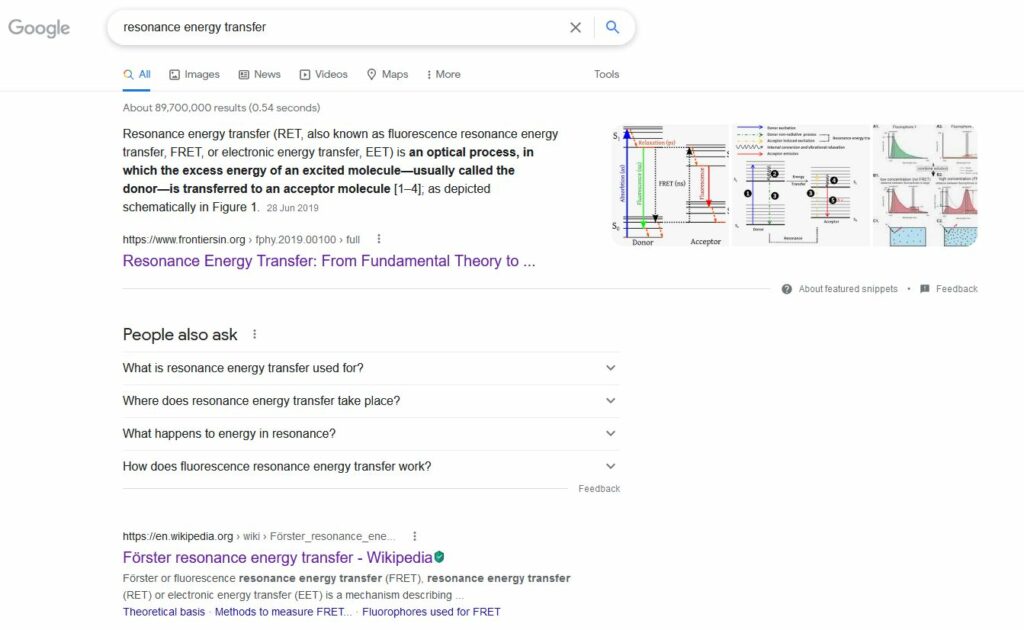1998–2002 Studied for a Master of Chemistry degree in Chemical Physics with a year in North America. Three years spent at the University of East Anglia (UEA), Norwich, U.K., and one at the University of Western Ontario, Canada. Graduated with a starred first in July 2002 (with an 80% average).
2002–2006 Studied for a PhD in Molecular Quantum Electrodynamics at UEA, graduated in July 2006.
2007–2019 Continuing my research, I became a Senior Research Associate at UEA (more on my research achievements are given below).
2019–2022 Co-founded the eCommerce store called Utopik.
A friend is a gifted artist who creates art for music festival clothing. We created Utopik, which used the dropshipping model, a few months before the start of the pandemic. We survived for nearly three years in very difficult circumstances but, for several reasons, we decided to end the project in 2022. My responsibilities included copywriting, email and social media marketing, bookkeeping and responding to customers.
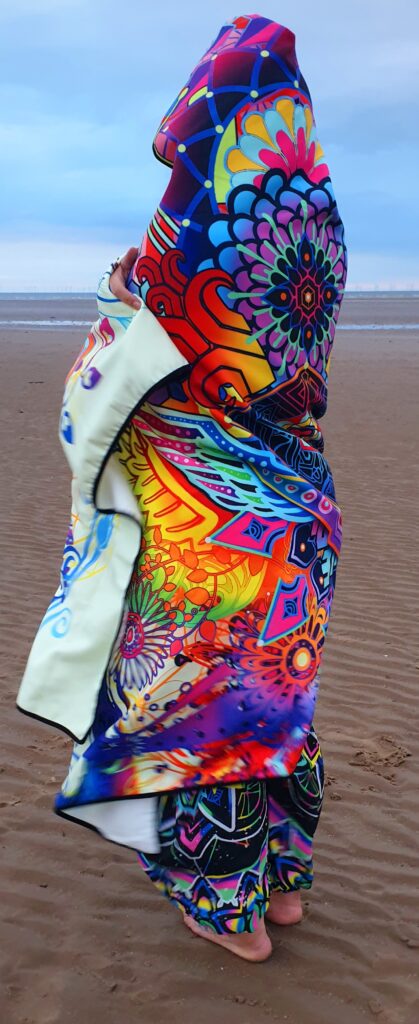
2020–2023 Worked as a freelance copy editor for three organisations.
- 51scihelp (51scihelp.com) – improved the written English of academic works by Chinese authors, ready for submission to a scientific journal.
- Qualitative Researcher (drkriukow.com) – copy editor for students who require their writing to be improved, usually for their dissertation or thesis.
- Scientific Journals of the Maritime University of Szczecin (scientific-journals.am.szczecin.pl) – proofreader of peer-reviewed articles for this Polish journal, just before their publication.
My books
- Sponsored by Satalia (based in London), who specialise in artificial intelligence and data science, to write a book explaining quantum computing to the general public.
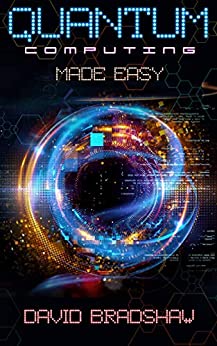
Quantum computing is a fascinating topic that combines the fields of quantum physics, information theory and computer science. A quantum computer can perform certain tasks much more quickly than any regular computer, even the greatest supercomputers. This is because quantum phenomena, which are unavailable to the everyday computer, can be implemented. Concepts such as quantum entanglement, quantum interference and superposition can produce unique computational results for certain problems.
Chapter 1 (Introduction) of Quantum Computing Made Easy
- A spin-off from the quantum computing book, it provides an examination of the great scientists of history. Unlike the dry and long-winded descriptions of an encyclopaedia, it gives only a short pen-portrait for each scientist.
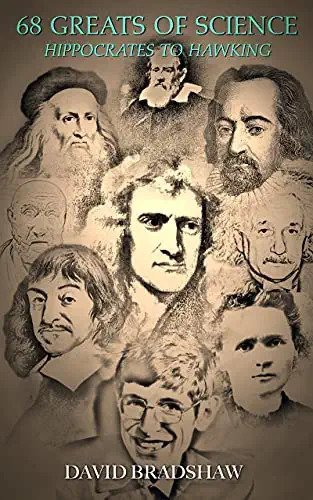
John Dalton was an English chemist, physicist and meteorologist. His greatest contribution to science was his introduction of the atom, a word he was the first to use, into chemistry in 1808. Based on the principle of conservation of mass, discovered by Lavoisier, he ascertained that chemical reactions involve multiple indivisible units of mass (the atoms). He provided the atomic mass for hydrogen, oxygen, carbon, sulphur, nitrogen and phosphorus. Once atomic theory had secured acceptance, organic chemistry would rapidly progress in the 19th century. As a Quaker, Dalton lived a frugal existence; he rented a room in a house in Manchester for the final 26 years of his life.
John Dalton entry in 68 Greats of Science: Hippocrates to Hawking
- Beginning as a set of blog posts on our Utopik website, this examination of music festival history became an e-book. It was later offered to Utopik subscribers as a gift.
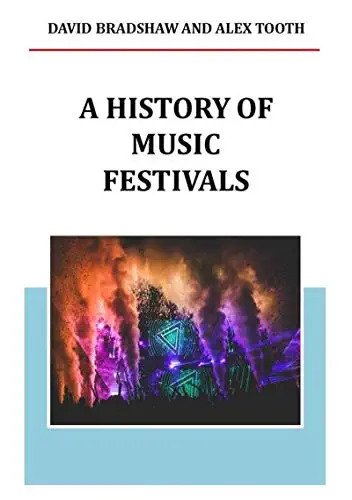
Across the pond in the 1960s, the faltering British jazz scene was soon to be replaced by huge rock festivals inspired by Monterey and Woodstock. Influenced by the Newport Jazz Festival, the first Reading Festival (later Reading and Leeds Festival) was known as the National Jazz Festival. Three years after this 1961 event, its name was changed to the National Jazz and Blues Festival. This reflected the changing musical tastes of the Brits at the time. Gradually jazz musicians were relegated to the ‘graveyard slot’ of the festival, so that acts such as Cream, Fleetwood Mac and Jeff Beck could headline the event. Much like America, festival noise and crowds irritated the locals. This meant that the festival had to constantly change venue in the 1960s.
Chapter 5 (UK Rock) in A History of Music Festivals
- Published two books that are partly based on our research, but have been extended to include various other topics. They are accessible introductions to the fields, which are aimed at a non-specialist scientific audience.
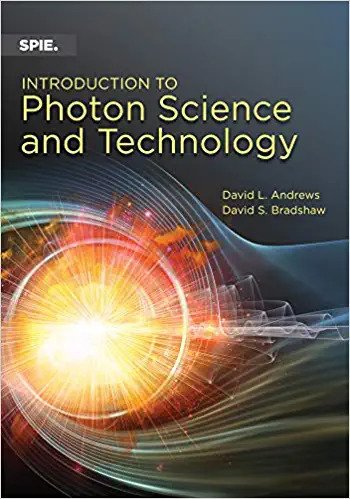
The first recorded thoughts on light were offered by the ancient Greeks. In the sixth century BC, Pythagoras (570-495 BC) reasoned that sight required visual rays to leave our eyes and shine upon an object. Expanding on this notion, the philosopher Empedocles (490-430 BC) believed the eye to be composed of the four basic elements (water, earth, air and fire) with the fire of the eye facilitating vision. An outcome of this notion is the ability to see-in-the-dark; to counter this difficulty, Plato (428-348 BC) supposed that the fire of the eye mixes with daylight to enable a link between man and the external world. Around 300 BC, the mathematician Euclid (325-265 BC) provided a geometric description of visual rays and proclaimed “light travels in a straight line”. Much later, in 499 AD, the Indian astronomer Aryabhata (476-550) recognized that objects are seen by reflected light.
Chpater 1.1 (Light in the ancient and modern era) in Introduction to Photon Science and Technology
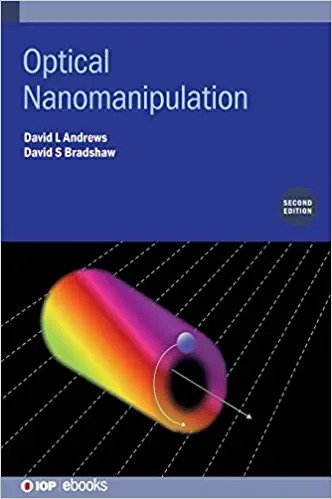
In ancient times, forces of a non-contact and invisible kind were thought to be somehow magical. The most familiar and readily observed of these forces, those of a magnetic or electric nature, only succumbed to explanation through progressively scientific studies from the Middle Ages onwards. On the eventual discovery that light was, in fact, electromagnetic radiation, it was verified in 1901 that light itself can manipulate neutral particles. This effect is usually so miniscule that a viable use for it was at first presumed near impossible. However, after the arrival of the laser in the 1960s, the extremely high light intensities of such devices enabled development of the first application of light-induced forces, in the technique now known as optical tweezers.
Chapter 1 (Nanomanipulation: why optical methods are best) of Optical Nanomanipulation, 2nd Edition
- I acted as the Editor for the 5th volume of Elsevier’s Comprehensive Nanoscience and Nanotechnology (13 chapters). I also wrote the preface for the volume.
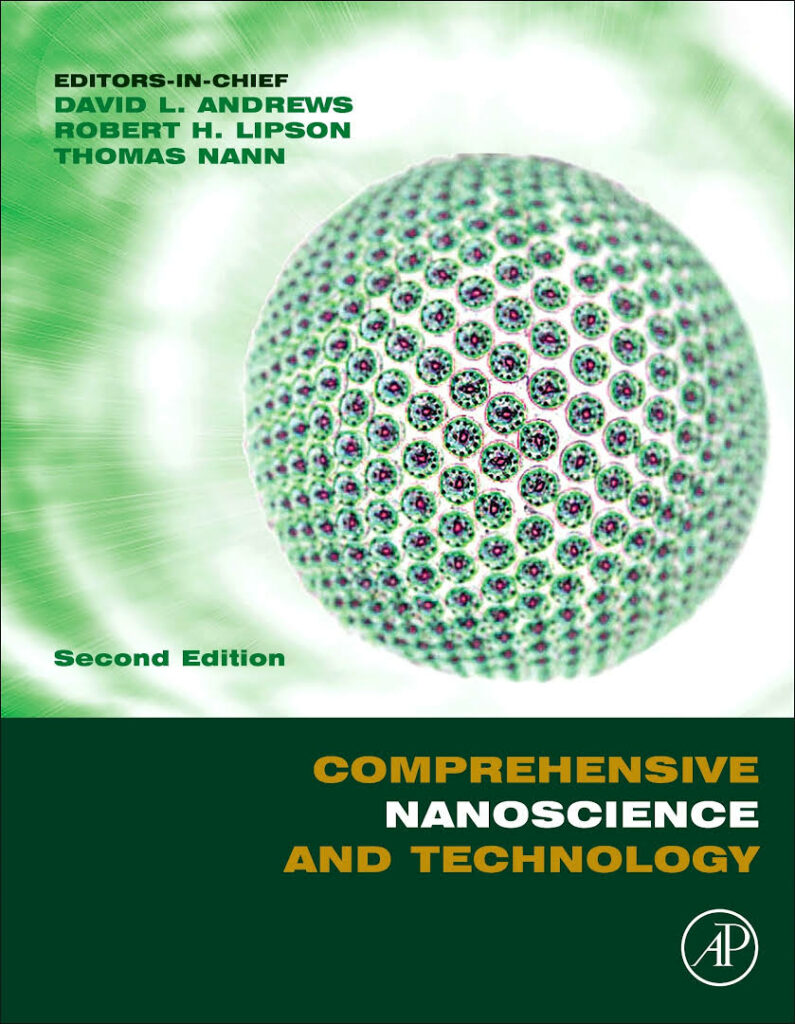
Nanomaterials have a capacity for unique chemical, physical, electrical and mechanical properties. Across a wide variety of applications, which continues to escalate in number over time, many of the most prominent relate to optical devices, fluidics, surfaces, energy and the environment. This volume presents a range of diverse concepts within these four areas, which represent the very latest research in nanoscience applications by leaders of the field. Notwithstanding the solidity that nanotechnology has already established in today’s industry, its importance could become colossal in the future. For instance, it has been speculated that nanobots could make repairs to the body as they travel autonomously throughout the blood stream, space elevators based on nanomaterials may supplant flights to space, and nano-fabricators could create any substance out of any raw materials. While these examples may seem outlandish, history suggests that the pursuit of such goals often leads to unexpected achievements, paving the way for other future applications – many of which will not have been conceived at all today.
Preface of Volume 5 (Applications of Nanoscience) in Comprehensive Nanoscience and Nanotechnology, 2nd Edition
Continue reading for my research accomplishments. Otherwise, use the button below to learn more about my services.
My research
An outline of my research topic can be found on my LinkedIn account. There are typically four types of research writings:
- Research papers – original work for journals who specialise in a certain area.
- Review articles – examination of a specific topic, aimed at a broader audience.
- Magazine articles – targeted at an even wider audience, these require a simplified explanation of the research.
- Conference papers – usually an early form of a research paper. I’ve presented our research at San Francisco, San Diego, Brussels, Strasbourg and London.
Our research appeared on the front page of the journal Laser and Photonics Reviews:
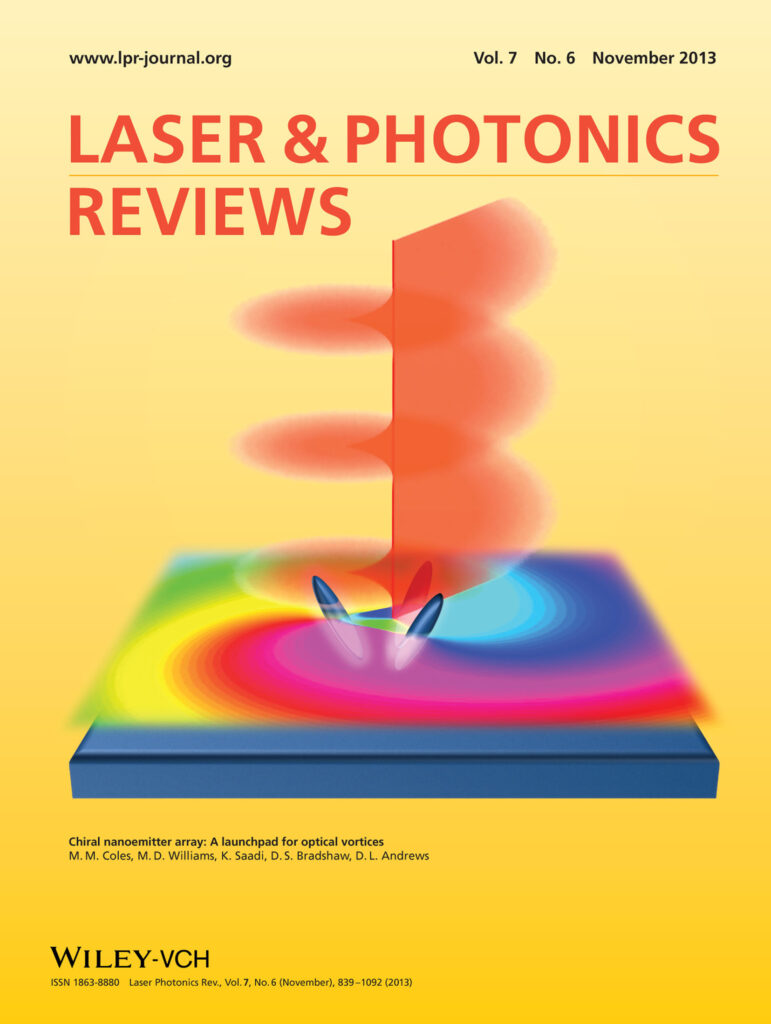
We also wrote the major article for the magazine Optics and Photonics News (Vol. 22, Issue 7):
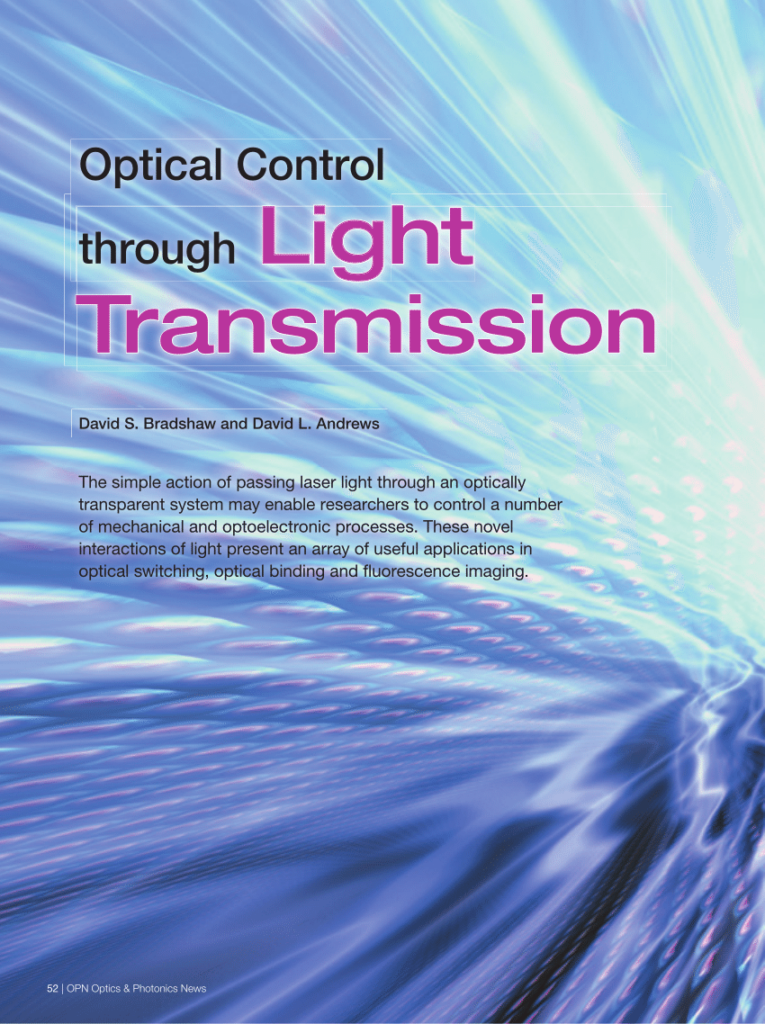
When typing “optical binding” or “resonance energy transfer” into Google, our work appears as the first result (at the time of writing):
Thanks for reading this far. Use the button below to learn more about my services.

